Myers Atlantis- Case Study
MYERS ATLANTIS: BOOK DESIGN
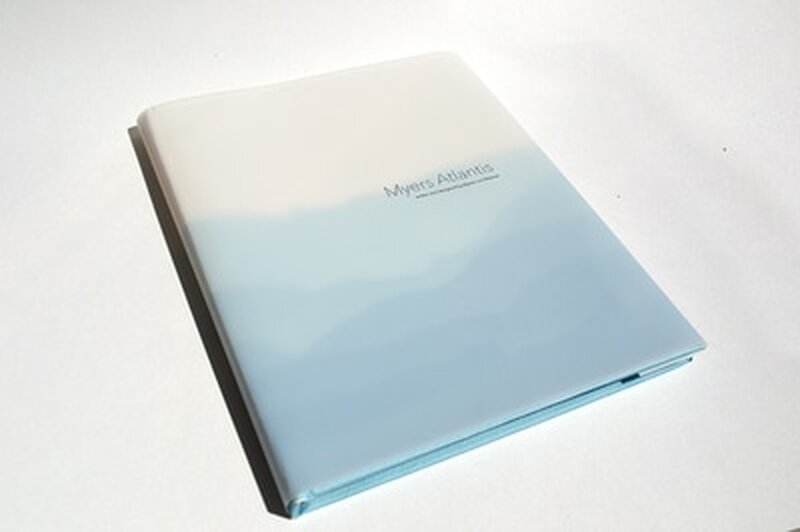
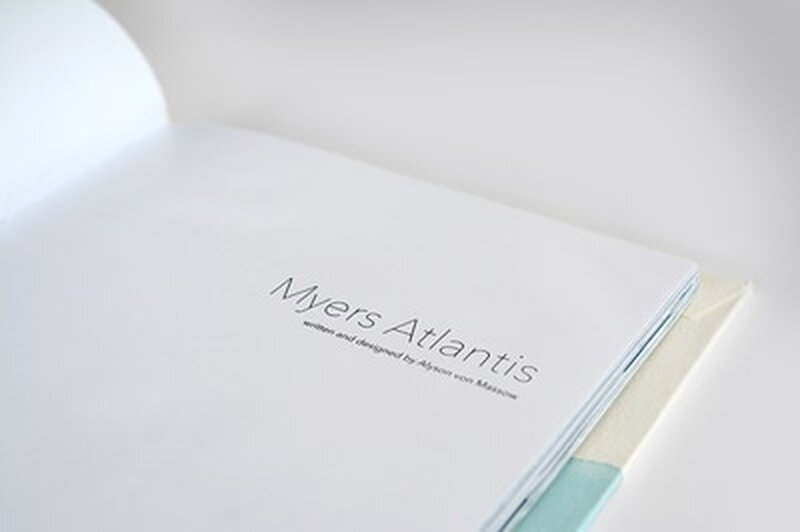
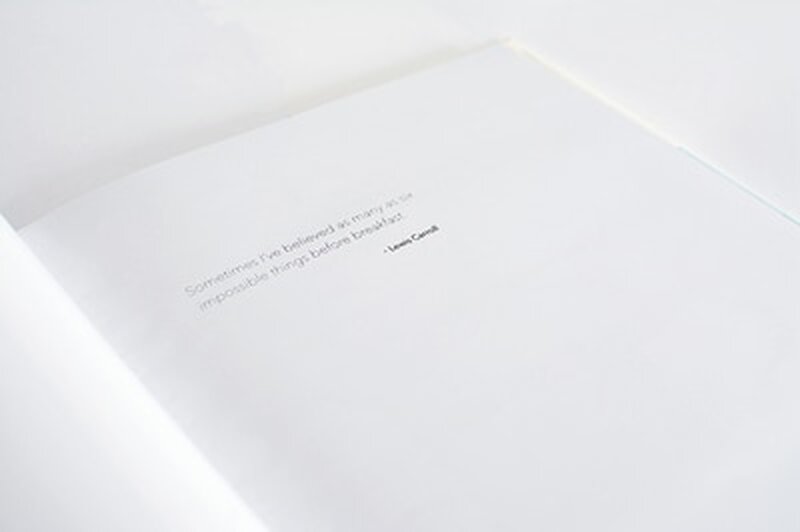
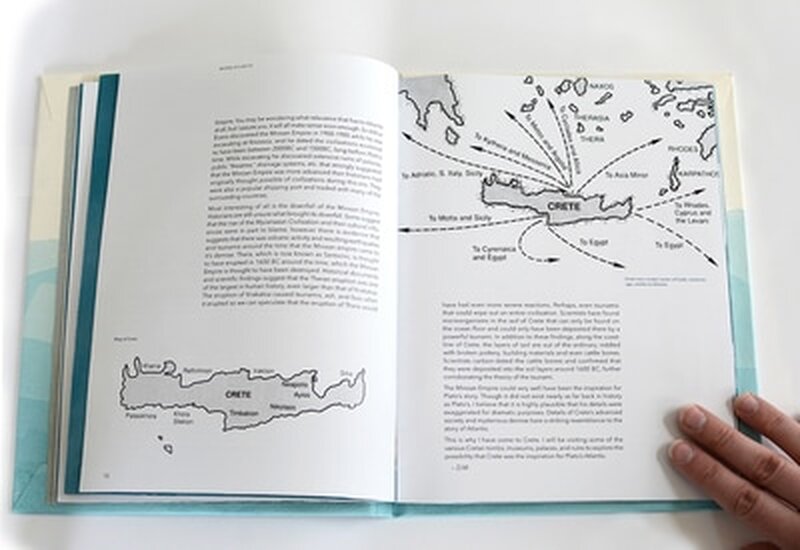

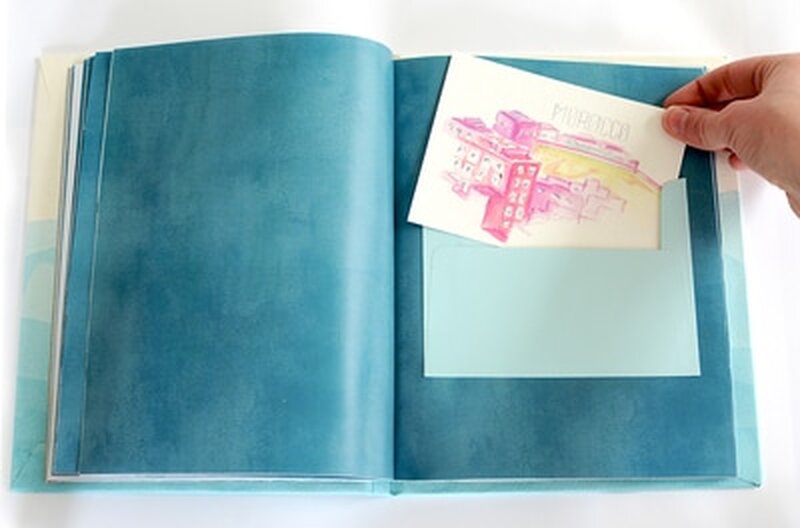
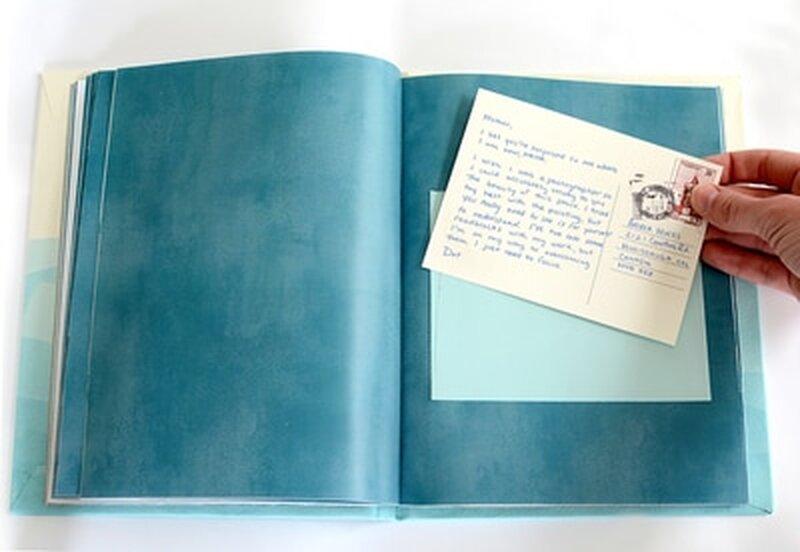
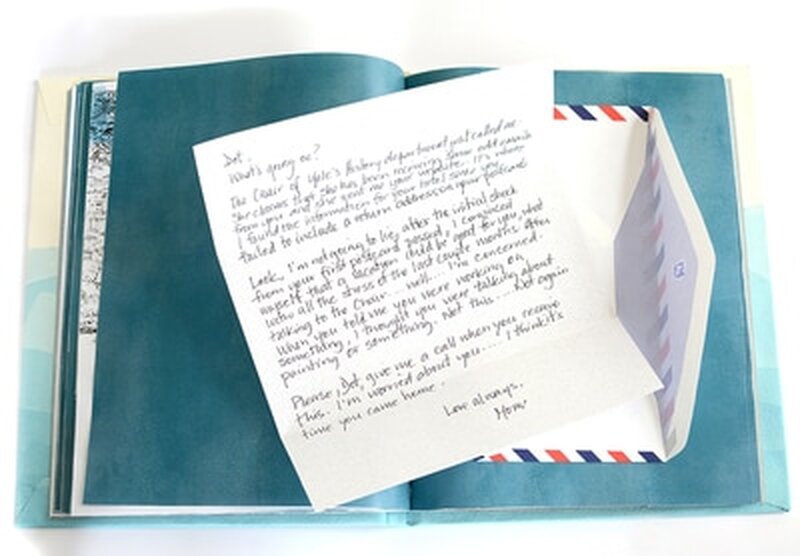

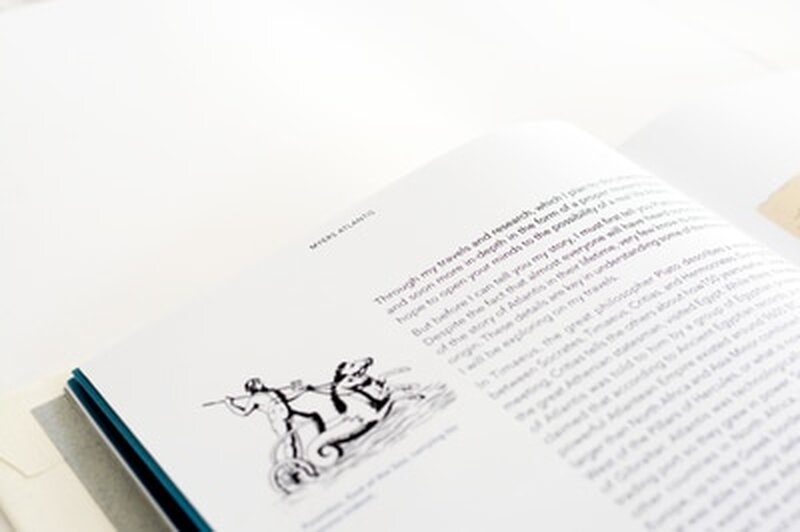
We’ve all heard of the mystery of the lost city of Atlantis at some point in our lives.
Whether it’s a reference in a song lyric, the popular Disney movie, or any number of cultural references, it is a story that has survived thousands of years and continues to fascinate people all over the world, to this day. Since I was a young girl, I’ve been simultaneously fascinated and mystified by the story of Atlantis. The thought that there could be ruins of a lost city somewhere deep beneath the waves of the ocean was one that made it’s way into many of my daydreams. Years later, when faced with the choice of what I would like to focus on for my year-long thesis project, I decided to indulge in my childhood imagination and learn more about the world that occupied my daydreams all those years ago. Through secondary research it became obvious how unclear the truth really was. It seemed there were a hundred different theories to explain Atlantis. Though it was impossible to determine exactly whether Atlantis was truth or fiction, these themes of uncertainty and mystery became key inspiration for the project I later created.
As I conducted my research, it became evident that the most suitable form for this project to take was a book. This book, however, could not be a typical book, just as Atlantis was not a typical story. I wanted to reflect and represent the cryptic nature of the tale, and to create an experience with the pages of my book, giving the readers the opportunity to interact with the story more than just reading information off of pages. The narrative needed to captivate and entice the reader, rather than simply presenting them with the facts. This would allow the readers to come to their own conclusions.
The design of the book required a meticulous balance between type and handwriting, ensuring that the book was both readable and legible, while remaining authentic.
One of the biggest challenges while designing this book was to create a balance between tangible elements and body text. Too many interactive elements, and the book becomes tedious and challenging to read. Too few, and the characteristics of mystery and discovery would be lost. Myers Atlantis aims to strike the balance between both, creating a unique and enjoyable reader experience.
This book is a representation of history and storytelling, mystery and discovery, and is an exploration of the challenges of uncovering the truth amongst multiple perspectives, theories, and uncertainty.
Whether it’s a reference in a song lyric, the popular Disney movie, or any number of cultural references, it is a story that has survived thousands of years and continues to fascinate people all over the world, to this day. Since I was a young girl, I’ve been simultaneously fascinated and mystified by the story of Atlantis. The thought that there could be ruins of a lost city somewhere deep beneath the waves of the ocean was one that made it’s way into many of my daydreams. Years later, when faced with the choice of what I would like to focus on for my year-long thesis project, I decided to indulge in my childhood imagination and learn more about the world that occupied my daydreams all those years ago. Through secondary research it became obvious how unclear the truth really was. It seemed there were a hundred different theories to explain Atlantis. Though it was impossible to determine exactly whether Atlantis was truth or fiction, these themes of uncertainty and mystery became key inspiration for the project I later created.
As I conducted my research, it became evident that the most suitable form for this project to take was a book. This book, however, could not be a typical book, just as Atlantis was not a typical story. I wanted to reflect and represent the cryptic nature of the tale, and to create an experience with the pages of my book, giving the readers the opportunity to interact with the story more than just reading information off of pages. The narrative needed to captivate and entice the reader, rather than simply presenting them with the facts. This would allow the readers to come to their own conclusions.
The design of the book required a meticulous balance between type and handwriting, ensuring that the book was both readable and legible, while remaining authentic.
One of the biggest challenges while designing this book was to create a balance between tangible elements and body text. Too many interactive elements, and the book becomes tedious and challenging to read. Too few, and the characteristics of mystery and discovery would be lost. Myers Atlantis aims to strike the balance between both, creating a unique and enjoyable reader experience.
This book is a representation of history and storytelling, mystery and discovery, and is an exploration of the challenges of uncovering the truth amongst multiple perspectives, theories, and uncertainty.